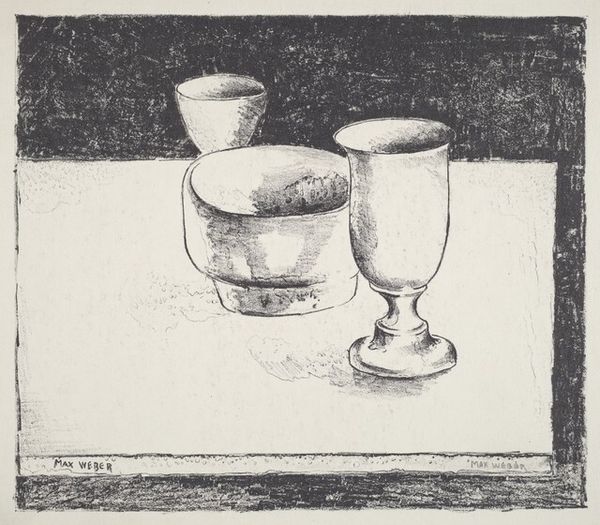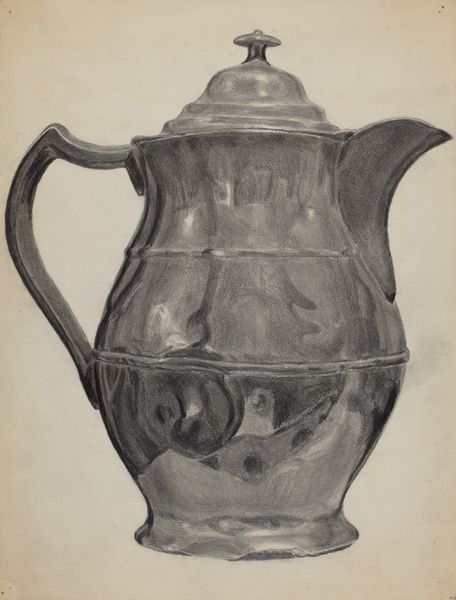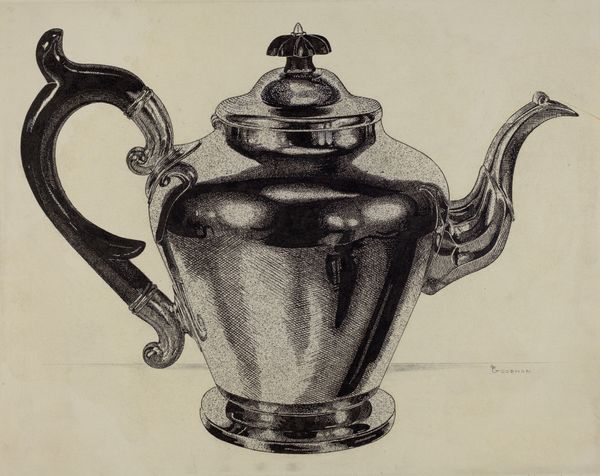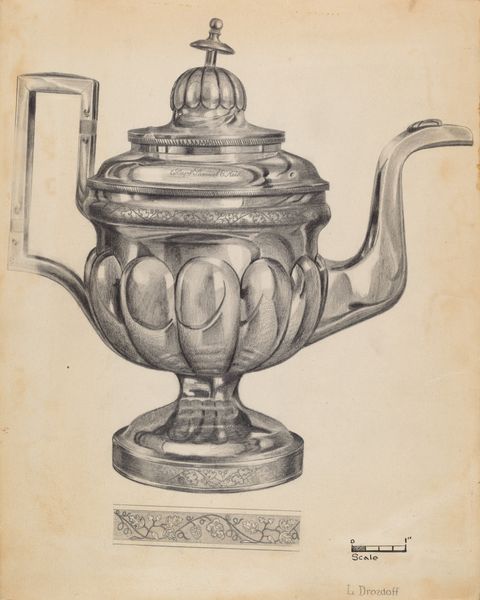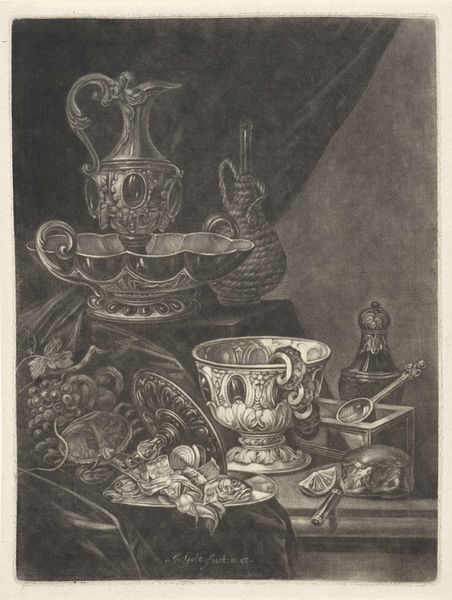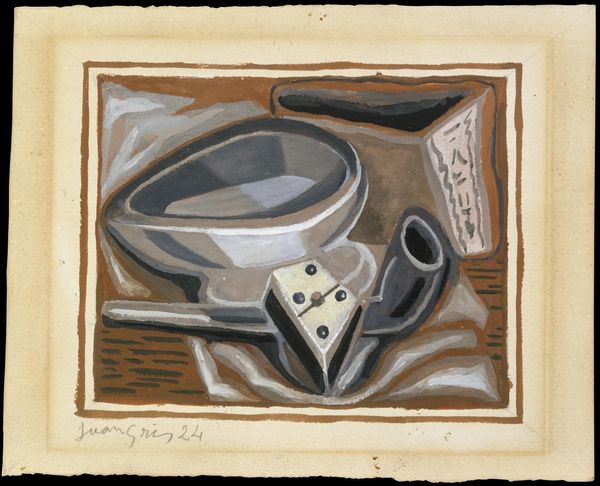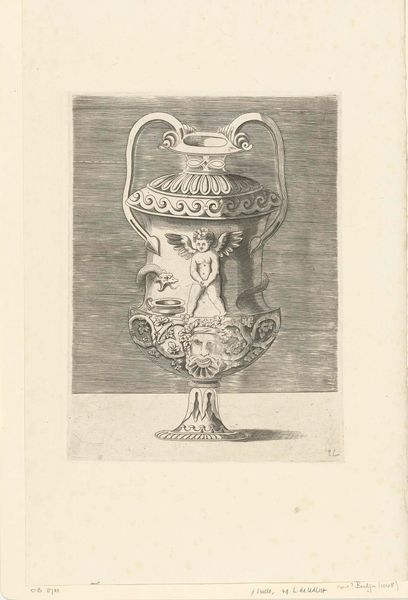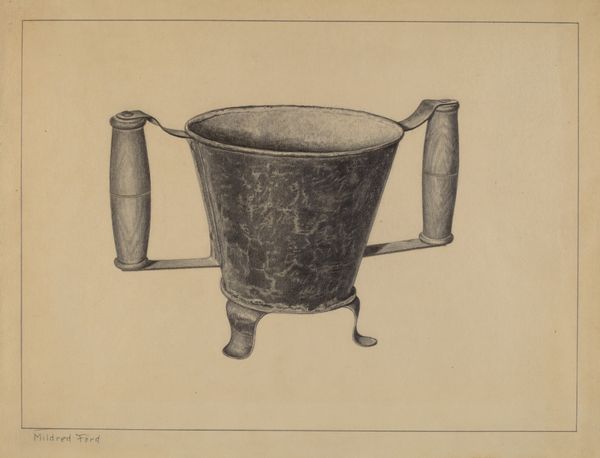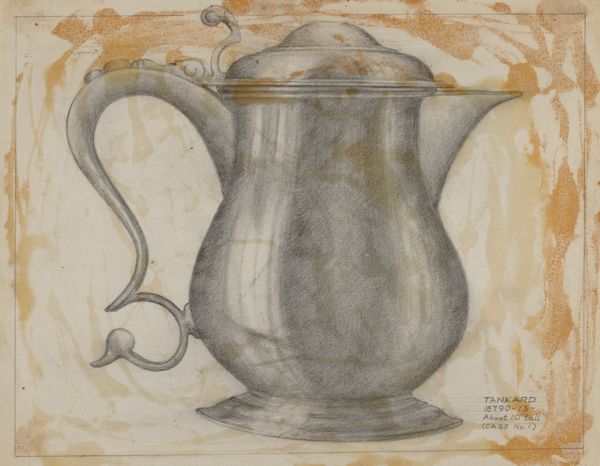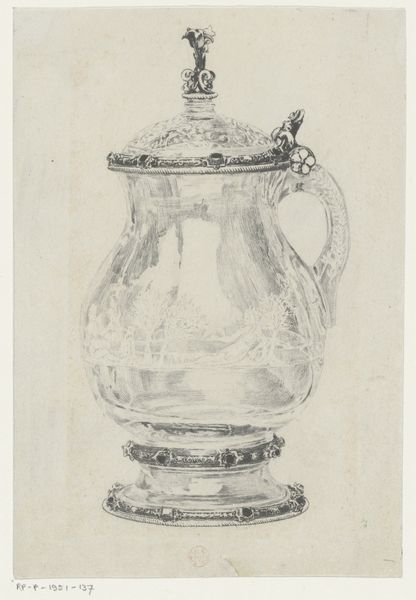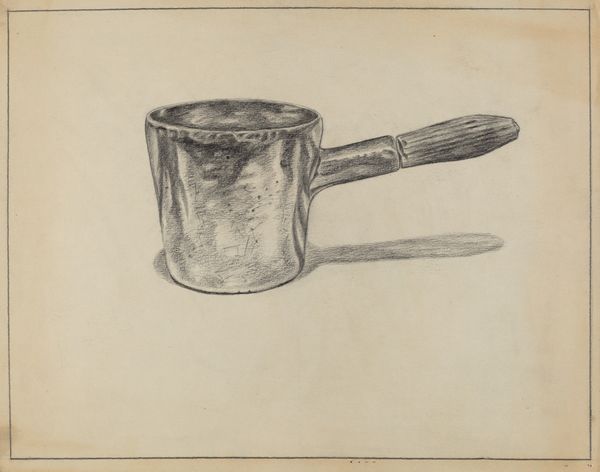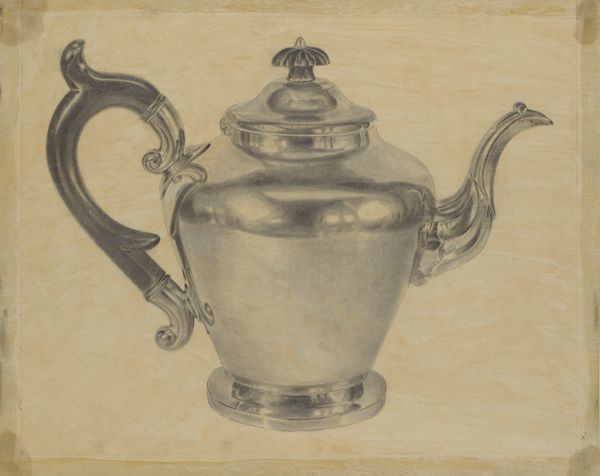![[copy of Sheeler painting] by Charles Sheeler](/_next/image?url=https%3A%2F%2Fd2w8kbdekdi1gv.cloudfront.net%2FeyJidWNrZXQiOiAiYXJ0ZXJhLWltYWdlcy1idWNrZXQiLCAia2V5IjogImFydHdvcmtzL2FjZDVhYmEzLTVmMGQtNGQwNC1iYTI1LTMxNGFiMzU3M2QwZC9hY2Q1YWJhMy01ZjBkLTRkMDQtYmEyNS0zMTRhYjM1NzNkMGRfZnVsbC5qcGciLCAiZWRpdHMiOiB7InJlc2l6ZSI6IHsid2lkdGgiOiAxOTIwLCAiaGVpZ2h0IjogMTkyMCwgImZpdCI6ICJpbnNpZGUifX19&w=1920&q=75)
gelatin-silver-print, oil-paint
#
gelatin-silver-print
#
oil-paint
#
oil painting
#
portrait reference
#
united-states
#
modernism
Dimensions: 5 5/8 x 7 1/8 in. (14.29 x 18.1 cm) (image)6 1/8 x 7 5/16 in. (15.56 x 18.57 cm) (mount)
Copyright: No Known Copyright
Editor: So, this is Charles Sheeler's "[copy of Sheeler painting]" from around 1912, oil on, potentially, a gelatin-silver print. The stark contrasts immediately grab me. It feels both classical and strikingly modern, almost like a study. How do you interpret this work within its historical context? Curator: It's crucial to understand Sheeler's placement within the burgeoning American Modernist movement. Early 20th-century artists wrestled with representing a rapidly industrializing society. Do you see any echoes of those themes here, perhaps subtly represented? Editor: I guess...in the almost architectural quality of the pot, maybe? It's definitely not as overt as some industrial paintings. Curator: Precisely. It's less about factories and more about distilling forms to their essence. Consider how photography played a role in Sheeler’s artistic development. How might the rise of photography influence his approach to painting still life? He embraced its ability to capture detail. Think about the art world at the time: museums showcasing European Modernism were booming. Did these institutions inadvertently guide Sheeler’s art creation and, in effect, popularity? Editor: It makes you wonder whether his simplified shapes and almost photographic realism were, in part, a response to what galleries and collectors were starting to value, a kind of American response to Cubism? Curator: Exactly! Sheeler straddled the line between fine art and commercial art, pushing us to question how art is made, displayed, and consumed. And whether the institutions of art had, maybe inadvertently, co-opted Sheeler's creative output. Editor: I see this painting in a new light now, considering the subtle but pervasive forces acting on the artist. Thanks! Curator: Indeed. It prompts reflection on how cultural and commercial landscapes are ever intertwined with artistic creation.
Comments
No comments
Be the first to comment and join the conversation on the ultimate creative platform.
